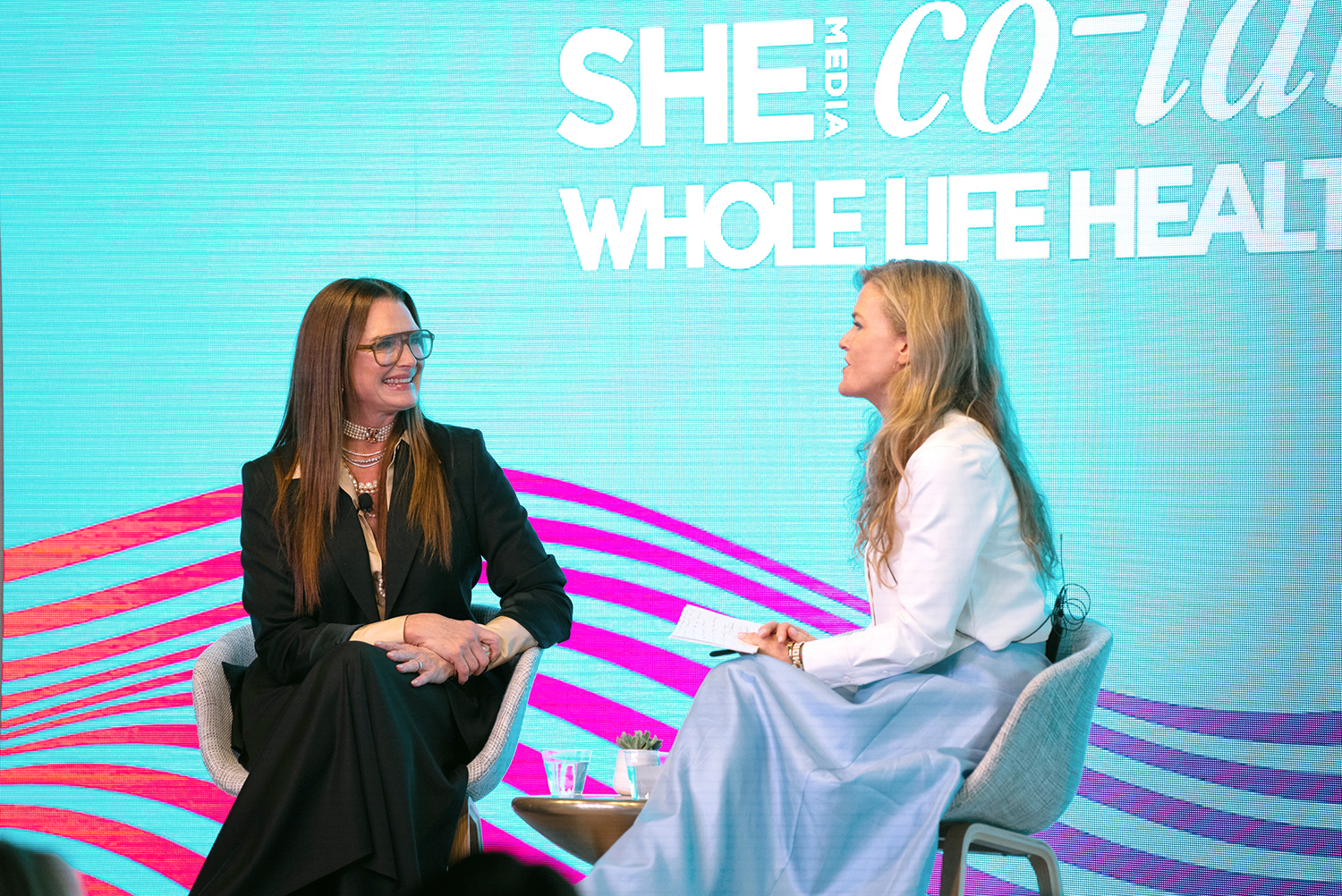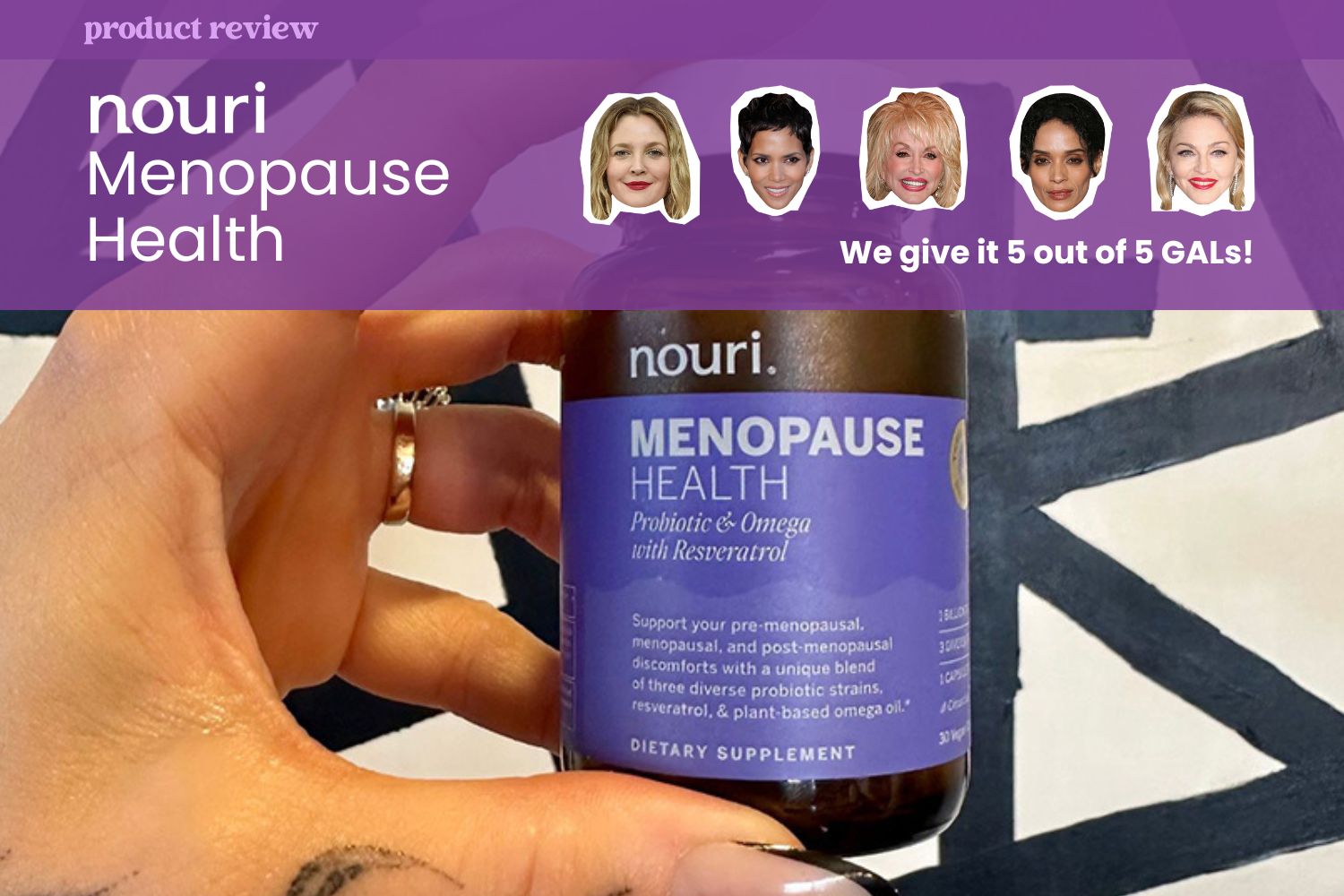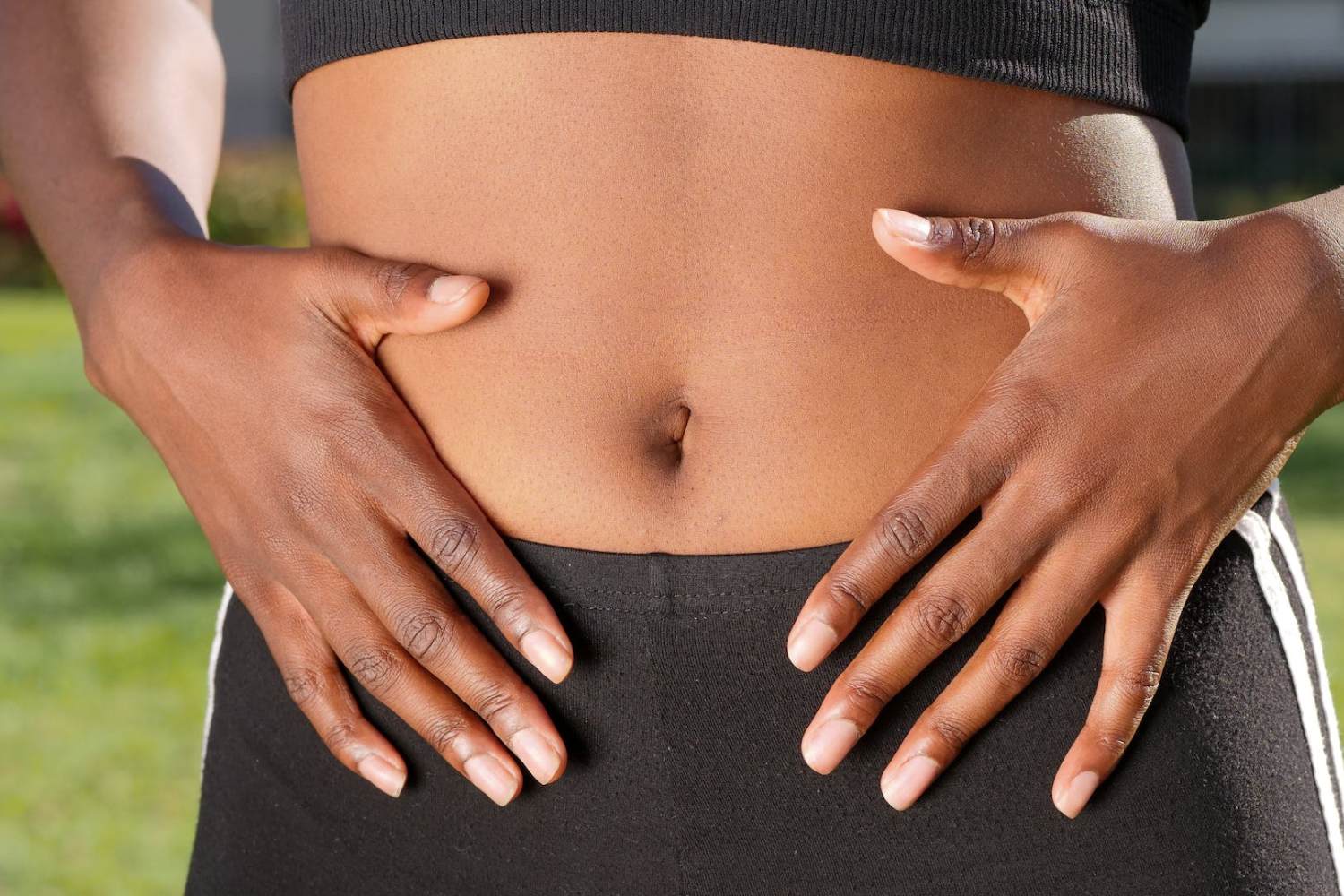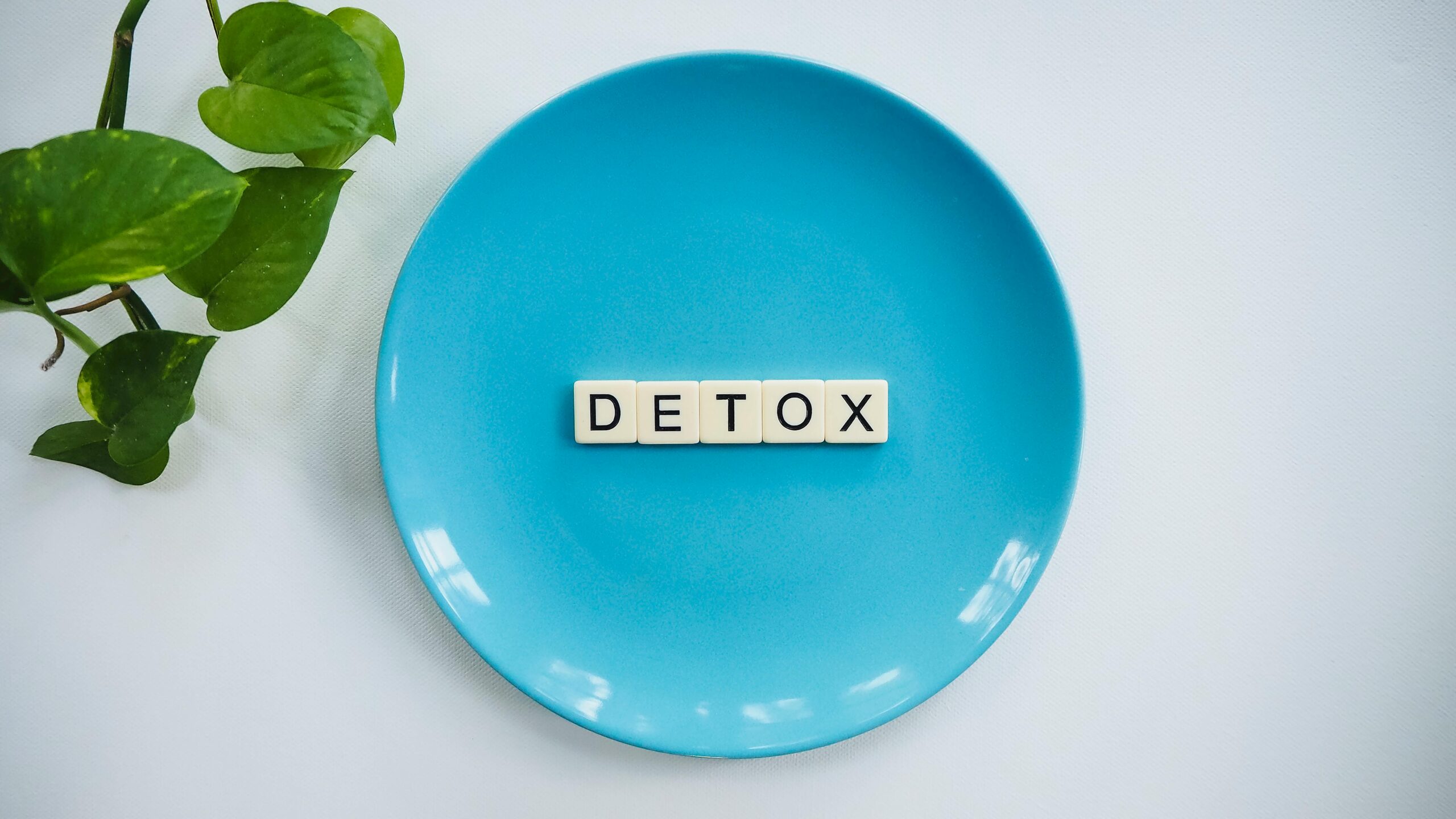
Give your liver some love: Why detoxing your liver is crucial for menopausal hormone health
If there’s one part of your body working overtime during midlife, it’s your liver. This hard-working organ has a punishing schedule at the best of times (filtering blood, building proteins, storing vitamins, processing toxins) and it has to work even harder during perimenopause. Midlife hormone changes are an extra challenge for the liver and anything we can do to support this “detox superhighway” means better hormone health. Here’s how you can show your liver some love.
The detox superhighway for hormones and toxins
The liver is one of our most important organs for detoxification, handling hormones, medications, alcohol, drugs, and toxins absorbed from foods and our environment. These toxins include xenoestrogens – synthetic estrogens that interfere with natural estrogens in the body.
There are hundreds of sources of xenoestrogens including certain types of hormone replacement therapy and contraceptive pills, cosmetics, personal care products, non-stick coatings on cookware, plastics, and farming chemicals. They are an inescapable part of the modern world but our bodies are not designed to handle them and they are linked to hormone-related cancers and other health conditions.

How the liver processes toxins
There are two main detoxification pathways in the liver: Phase I and Phase II.
Phase I involves enzyme reactions that make our old hormones and toxins water-soluble and less harmful. These enzymes depend on nutrient co-factors like Vitamin A, magnesium, vitamin C, and B vitamins.
Phase II binds the toxins to another molecule, ready for elimination. Many toxins are excreted in bile from the liver, which travels to the bowel ready to be passed out via a bowel movement. This is why regular, healthy poop is such an important part of the detoxification process!
How menopause affects your liver
Midlife hormonal changes have a noticeable effect on liver health. Research shows that blood flow and blood volume in the liver decrease by around 1% per year after age 40 and the liver has a reduced capacity for regeneration as we get older.
Falling estrogen levels add to this process. Estrogen provides antioxidant protection to liver cells, supports energy production, protects against inflammation, and helps maintain healthy cholesterol levels. When estrogen levels fall, these protections are lost, and the liver is exposed to more inflammation and damage.
Estrogen provides antioxidant protection to liver cells, supports energy production, protects against inflammation, and helps maintain healthy cholesterol levels. When estrogen levels fall, these protections are lost, and the liver is exposed to more inflammation and damage.
Other menopausal symptoms like poor sleep, weight gain, and constipation can have a domino effect on liver health too.
- Lack of sleep: The liver carries out a lot of cellular ‘housekeeping’ while we sleep. Any interruptions to this affect its ability to process old hormones and toxins.
- Weight gain: Weight gain isn’t always visible as an extra few inches around the belly. A lot of fat can accumulate in the liver, leading to fatty liver disease (see below).
- Constipation: the liver and bowels work hand-in-hand to eliminate toxins from the body. When we’re constipated, backed-up waste matter leads to a build-up of toxins which can be resorbed by the body.
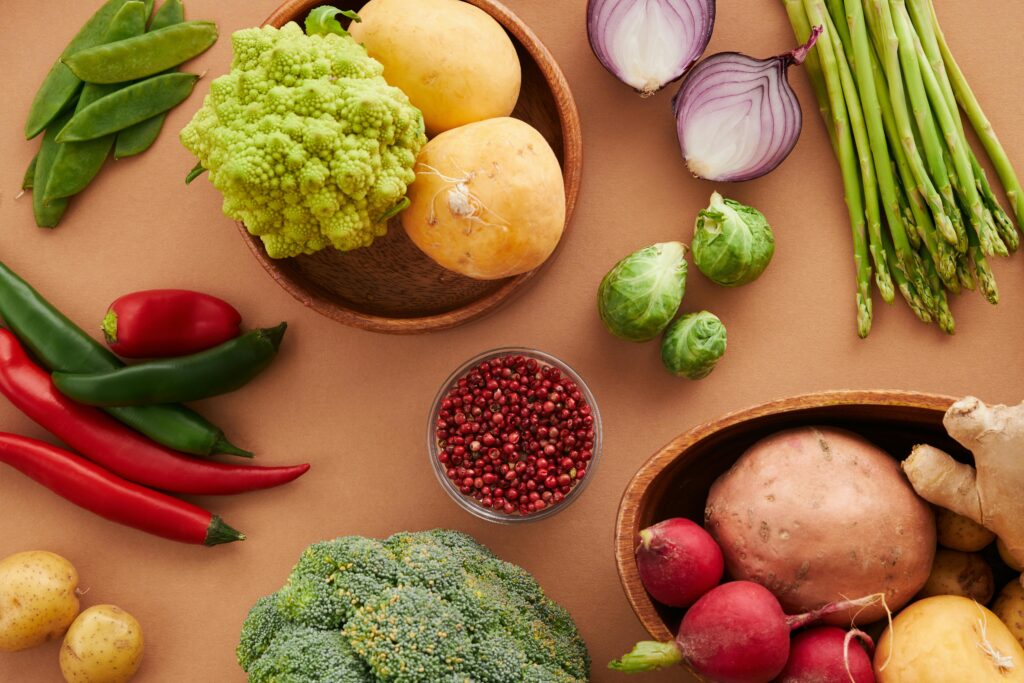
Menopause and non-alcoholic fatty liver disease (NAFLD)
Because of the change in estrogen levels, menopause increases the risk of developing Non-Alcoholic Fatty Liver Disease.
With NAFLD, the liver accumulates fat which can eventually cause swelling and damage to liver cells. It is linked to obesity but you don’t have to be overweight to develop this condition. One of the main risk factors is the over-consumption of fructose (fruit sugar), especially in the form of high-fructose corn syrup used to sweeten candy, sodas, baked goods, and breakfast cereals.
With NAFLD, the liver accumulates fat which can eventually cause swelling and damage to liver cells. It is linked to obesity but you don’t have to be overweight to develop this condition. One of the main risk factors is the over-consumption of fructose (fruit sugar), especially in the form of high-fructose corn syrup used to sweeten candy, sodas, baked goods, and breakfast cereals.
Five signs your liver is under pressure during perimenopause
There’s a large crossover between signs of a struggling liver and perimenopause but these symptoms may provide a clue that your liver needs some extra love:
- Skin flare-ups: Naturopaths believe that if the liver and bowels are overburdened, toxins will come out through the skin. Hormonal changes can add to this which is why acne, skin rashes, and dermatitis commonly flare up during perimenopause.
- Nausea: The liver produces bile which plays an important role in toxin removal, fat digestion, and gut motility. Many women experience nausea during perimenopause and this may be due to sluggish bile production affecting toxin removal.
- Constipation: It’s a two-way conversation between the liver and gut, and poor bile flow can worsen constipation during perimenopause.
- Fatigue: Your liver is a storage depot for glycogen which can be turned into glucose when you need it. Estrogen influences energy levels too, and the combination of falling estrogen and a struggling liver can lead to fatigue.
- Mood swings and anger: In Traditional Chinese Medicine, the liver is associated with feelings of anger, frustration, and rage – feelings that are all too familiar to many midlifers! Frequent flares of anger may be a sign that your liver needs some attention.
Support your liver with these eight liver-friendly food and lifestyle tips
- Exercise and movement
A healthy liver depends on good circulation and blood flow from regular movement and exercise. Fitting exercise into your daily routine can be a challenge when you’re busy and tired but even 5-10-minute bursts of movement can be helpful. Think of it as snackercise – snacking on exercise!
- Enjoy the sauna
A sauna session is another way to boost circulation to your liver and promote toxin elimination through sweat. Remember to hydrate properly before and after using a sauna, and speak to your healthcare practitioner first if you have heart problems or high or low blood pressure.
- Castor oil packing
Castor oil has been used for liver health since ancient times. Ricinoleic acid, the active component in castor oil, has anti-inflammatory properties. Using castor oil packs is thought to provide antioxidant protection and stimulate circulation in the liver.
You can make a fabric packing pad at home or buy a ready-made one with Velcro straps. Simply pour 2-3 tablespoons of castor oil onto the pad and wrap it around the right-hand side of your abdomen just below the ribs, covering the liver area. Leave the pad on for a few hours or overnight. I like to sit with a hot water bottle over the pad to enhance the absorption of the oil, and also because it feels wonderfully comforting!
- Eat globe artichokes
Globe artichokes have been shown to support bile flow, lower cholesterol, and increase the activity of one of our most important liver antioxidant enzymes – glutathione peroxidase. Use baby artichokes as a pizza topping or roast them with lemon juice and avocado oil for an easy way to enjoy this liver-loving food.
- Eat beetroot and carrot salad
Beetroot is another bile-promoter, while carrots are packed with beta-carotene, a flavonoid that converts to vitamin A in the body. Both of these veggies are rich in fiber too, vital for regular, comfortable bowel movements. A simple carrot, beetroot, lemon juice, and olive oil salad is a great way to get a burst of nutrients for liver health and hormone detoxification.

- Eat your greens
Green cruciferous vegetables like broccoli, kale, cabbage, and arugula provide compounds called glucosinolates that support the liver detoxification pathways. They’re also packed with B vitamins, vitamin C, magnesium, and carotenoids – key nutrients for processing old hormones and toxins. Include at least 1 serving a day of these vegetables as part of a liver-friendly meal plan.
- Turmeric latte, anyone?
Turmeric is in vogue as the spice to go to for dealing with inflammation. It’s also a fantastic food for your liver, known to have a modulating effect on the Phase I detoxification enzymes. The active compounds in turmeric are fat-soluble so always use it alongside an oil or fat, and with a bit of black pepper to aid absorption.
Turmeric is also a fantastic food for your liver, known to have a modulating effect on the Phase I detoxification enzymes.
- Minimize your exposure to xenoestrogens
We can’t avoid these chemicals completely but we can minimize our exposure to them. A few ways to do this are:
- Swap plastic food and drink containers for glass, ceramic, or stainless steel.
- Swap conventional tampons and sanitary towels for organic cotton versions, menstrual cups, or fabric pads.
- Ditch plastic wrap for beeswax cloth wraps when saving leftovers.
- Check out the Environmental Working Group’s “Clean Fifteen and Dirty Dozen” for a list of produce with the highest levels of chemical residues, and those with the lowest.
- Go for natural body care products with minimal ingredients.
- Choose chemical-free household cleaning products or make your own using white vinegar, bicarbonate of soda, and essential oils like tea tree or lemon myrtle.
Remember: Midlife is a time when your liver can come up against the extra pressures of hormone changes, stress, and exposure to toxins. With a few food and lifestyle changes, you can ease this pressure and help your liver keep pace with its hectic schedule.

